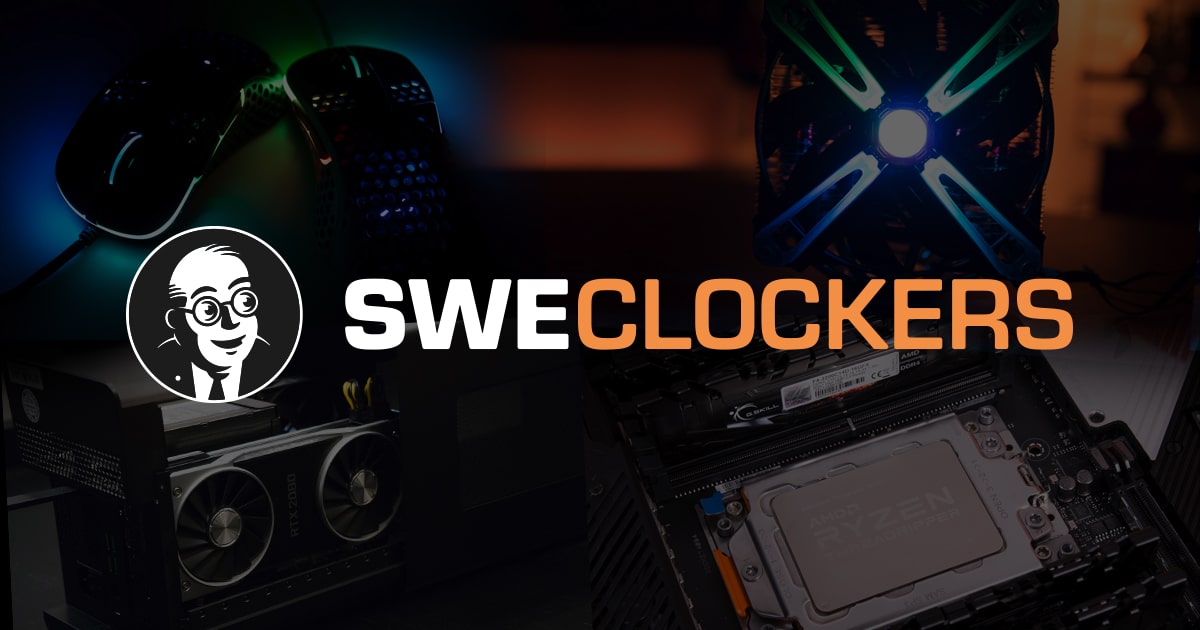Being able to connect powerful and external graphics cards in slim laptops has long been on the agenda. However, the concept has encountered patrol, initially due to the lack of a suitable standardized connection and because Intel did not want to certify such solutions with Thunderbolt.
This will change when AMD launches Xconnect Technology, which focuses on the ability to connect an external graphics card to a laptop via Intel’s Thunderbolt 3 interface. The collaboration is described by AMD as historic and first out with the technology in a laptop is Razer.
At CES 2016, Razer unveiled its first Ultrabook, the Blade Stealth, which with its 12.5-inch 12-inch Intel Core i7 processor from the Skylake generation is reminiscent of many other models on the market. What distinguishes the model is the Thunderbolt 3 (USB Type-C), which provides a bandwidth of 40 Gbps, which corresponds to four PCI Express 3.0 lanes.
The computer will in future be able to buy the external graphics dock Razer Core, which can accommodate an optional graphics card with a power consumption of up to 375 W. This is then connected through Thunderbolt 3 to Stealth Blade and gives the computer access to the graphics card mounted in the doll.
Xconnect Technology is described as an open standard and can be implemented by all stakeholders. However, it is not enough for a computer to have Thunderbolt 3, it also requires hardware support for the extension external graphics standard (eGFX), which in turn needs implementation in BIOS / UEFI. Other requirements are Windows 10 and an active (not passive) Thunderbolt cable.
The first graphics cards with support for the technology are Radeon R9 290X, R9 290, R9 280, R9 Nano, R9 Fury and the 300 series desktop and mobile models. AMD also announces that support is planned for the future Polaris graphics architecture.















